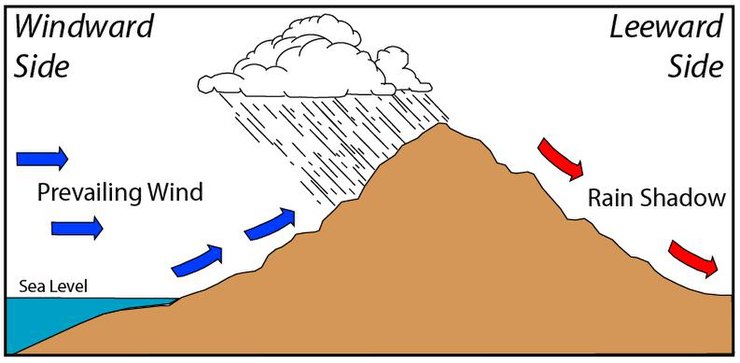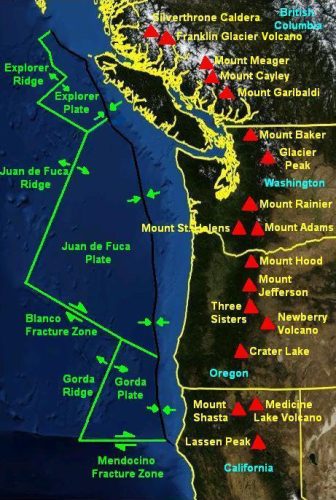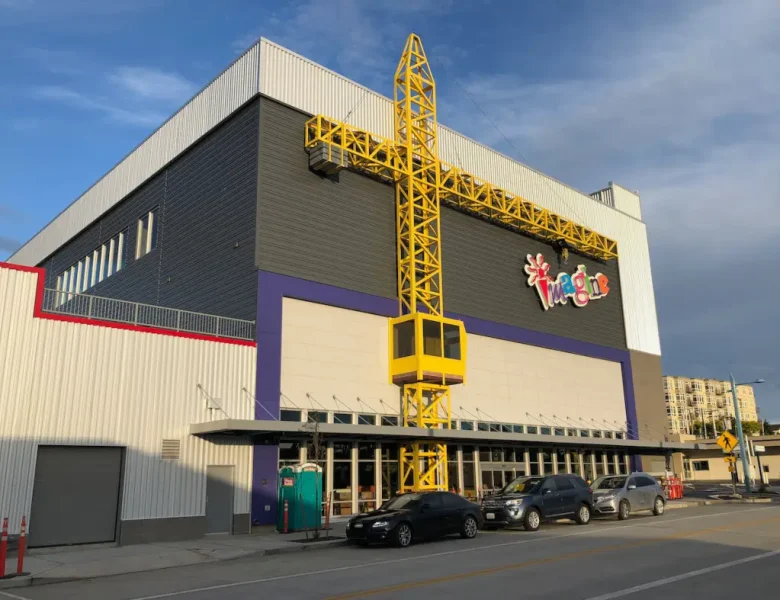
Imagine Children’s Museum was founded in 1991 as a place where the children and families of Snohomish County, Washington could spend time together year round. For many years it operated out of small leased spaces, until in 2004 they moved to a prime location in downtown Everett. By 2016 they were serving 242,000+ visitors a year, and quickly running out of elbow room inside.
We met Nancy Johnson, the director of ICM, in early 2019 while exhibiting at the ACM trade show. They were embarking on a major expansion of the museum and asked if we could build a HoloSands sandbox that would showcase the unique geographic and weather features of the Pacific Northwest.
The sandbox was designed to fit into an area of the museum with a rustic nautical theme. We came up with 5 or 6 different possible designs in SketchUp and then worked with ICM to refine the design. In the end, a very simple “shipping crate” theme was selected and we began construction.
The box was constructed of shop grade laminate and decorated with oak boards. The surface was then painted gray and distressed to achieve a weathered look. Finally it was coated with multiple layers of clear coat to protect the wood and finish.
The top was CNC routed out of solid color HDPE for strength and long term wear resistance.
All sides of the sandbox are designed for wheelchair access, and the top surface is set at the maximum height specified in ADA requirements.
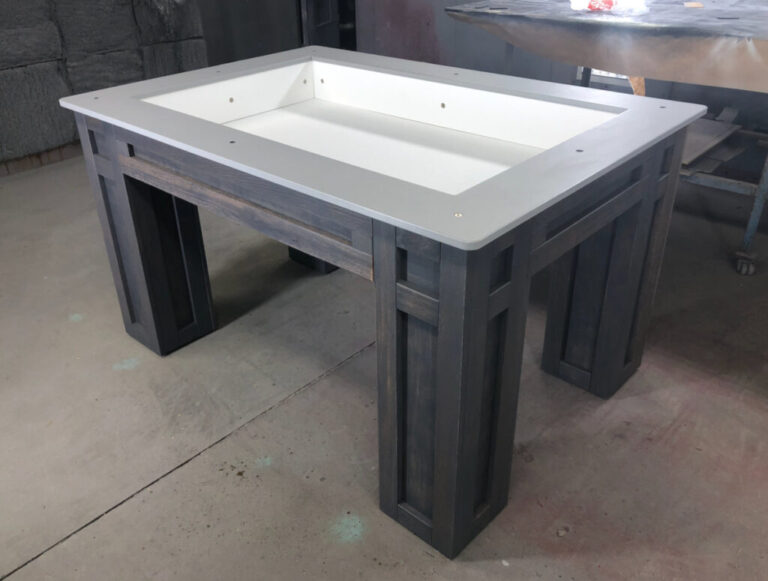
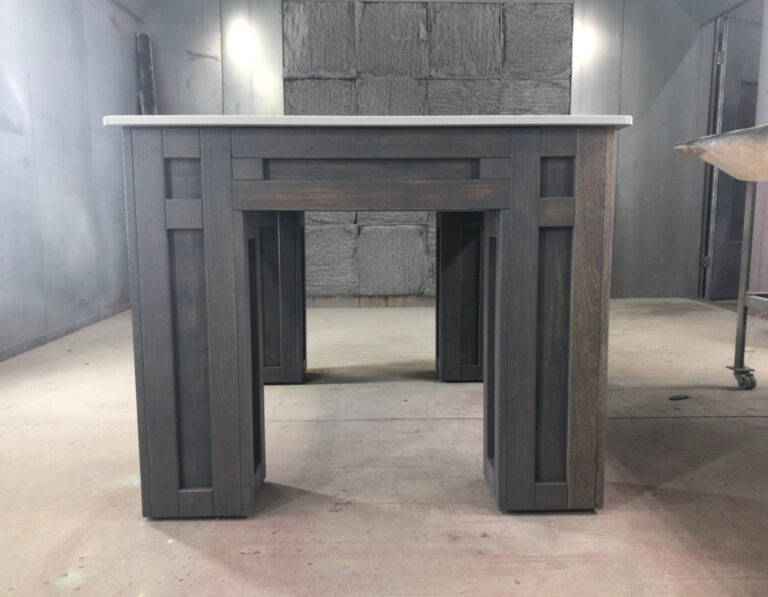
In March of 2022, as construction of the expansion wing wrapped up, we shipped the sandbox to ICM and travelled to the Everett to install it.
In keeping with the rustic nautical theme, we hid the projector, sensor, computer, audio amplifier and speakers behind decorations to look like a “crab cage”. The low ceilings of the mezzanine above required careful selection of the right projector and installation of a mirror to turn the output 90 degrees to shine down on the sandbox.
Nancy asked us to create a unique biome for the Pacific Northwest region. It shows the following features:
- Rain shadow effect on the eastern side of high mountains
- Volcanoes
- Ocean layer
- Snow capped mountains
A “rain shadow” occurs when moisture rich could are force up the windward side of a tall mountain. As the air rises it looses its ability to contain the moisture, and it falls out as rain. By the time clouds reach the back (leeward) side of the mountain they have lost most of their moisture. The land on the back side over time turns dry and arid.
The high volcanic peaks of the Pacific Cascade range cause a rain shadow to form over eastern Washington state. The heavy moisture flowing off the Pacific that gives the Seattle area its characteristic rainy weather, also turns the areas to the west of the mountains into lush rain forests. In contrast, the eastern plains of Washington are high desert filled with wide open expanses of sage brush and dry grass.
The biome we added to HoloSands scans the shape of the sand piled up by the children as they play. It determines where the leeward side of the mountains are and causes those areas to dry out quickly. We are therefore able to show the rain shadow affect interactively as visitors change the world they are creating!
We also simulate a snow level at the top of the mountains. When visitors use a rain circle to trigger storm clouds, their precipitation falls as rain at lower elevations, and as snow above it.
These two features, combined with our volcano and lava logic, allow Imagine Children’s Museum to use the sandbox not just for fun open ended play, but as a teaching tool to explain what makes the Pacific Northwest so unique
